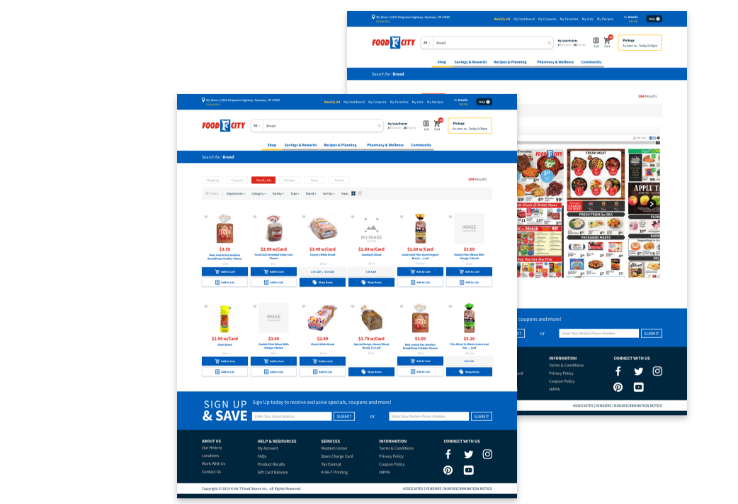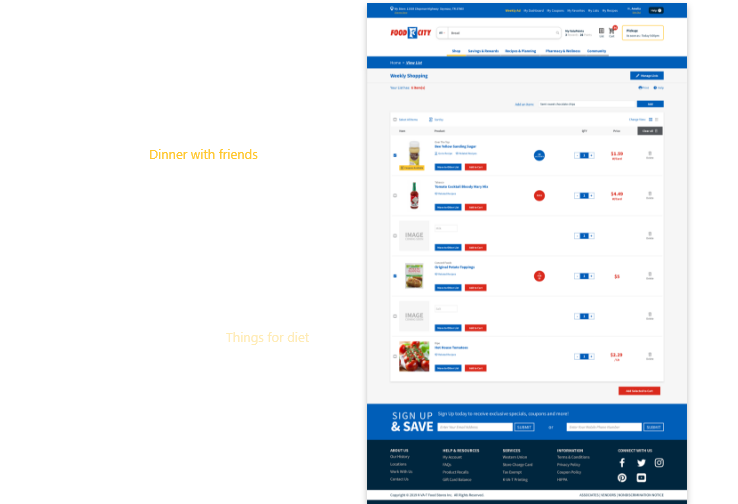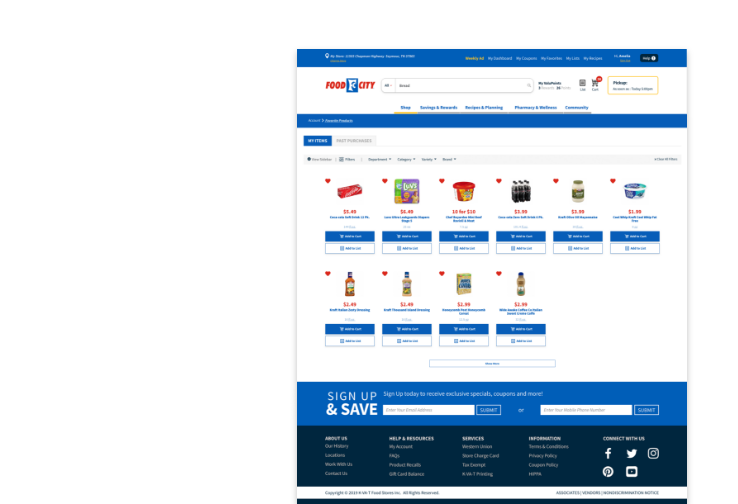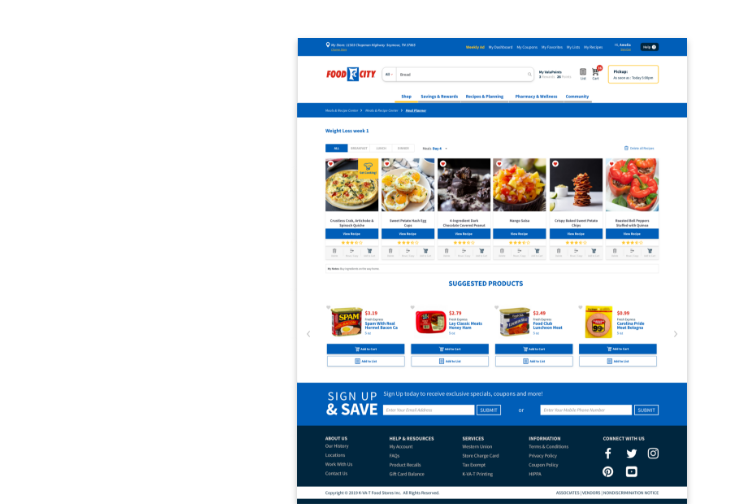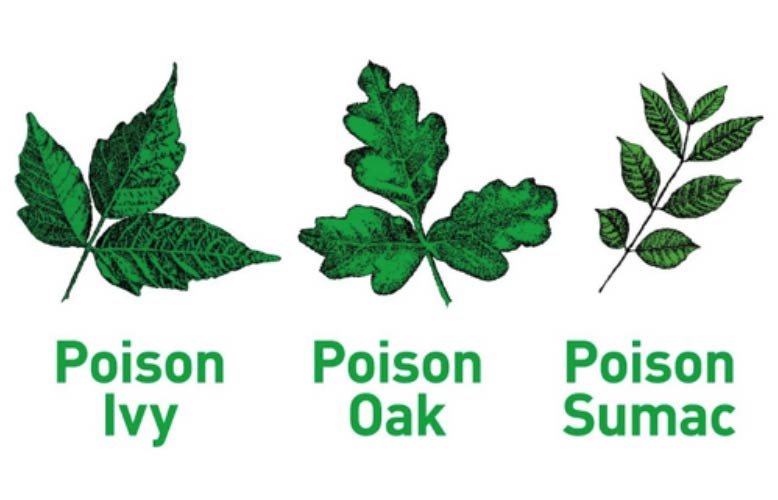
Wellness Club — Poisonous Plants: Exposure Prevention and Treatment
Abingdon, VA. -
Monday, Jul 1, 2019.
by Rebecca Webb, PharmD Pharmacy Clinical Services Manager, K-VA-T Food Stores
Are you spending time outside this summer? Certain outdoor activities increase your risk of exposure to poisonous plants such as poison ivy, poison oak, and poison sumac. It is important to learn how to prevent exposure to these plants and also learn what to do if you have been exposed to them.
About Poisonous Plants:
In our parts of the country, poison ivy usually grows as a vine with each leaf stem containing three leaflets. Poison oak is similar to poison ivy in that each leaf has three leaflets. However, with poison oak, it is typically shrub-like and the leaflets are shaped like oak leaves. Poison sumac, on the other hand, grows as a tall shrub or small tree in wet, swampy areas. The stems on the poison sumac plant contain seven to thirteen leaflets arranged in pairs.
Poison ivy, poison oak, and poison sumac all contain an irritating oil called urushiol. This oil is found on all parts of these plants. Exposure to this toxic oil can happen from:
• Direct contact with the plant.
• Indirect contact through touching an urushiol-contaminated object (i.e., animals, clothing, gardening tools, camping or sports equipment).
• Airborne contact by inhaling the smoke from burning these poisonous plants.
Many individuals develop allergic reaction signs and symptoms after contact with urushiol. The degree of sensitivity to this oil varies from person to person. The severity of the reaction can also depend upon how much oil a person is exposed to. Signs and symptoms can develop within several hours up to a few days after exposure to the oil and can include:
• Intense itchy skin
• Skin redness
• Rash
• Skin swelling
• Blisters
• Difficulty breathing (particularly if inhaling the smoke from burning poisonous plants)
The rash is not contagious and fluid from blisters does not spread the rash. The rash may often appear in a pattern of streaks or patches due to how to skin was exposed to the oil on the plant.
Preventing Exposure:
Preventing exposure to poisonous plants and urushiol can be achieved by:
• Learning how to identify them.
• Wearing protective clothing: such as long sleeves, long pants, socks, boots and heavy-duty vinyl gloves
• Using products containing bentoquatam (i.e., Ivy Block®), that create a barrier on the skin and thus prevent absorption of urushiol.
• Avoiding the burning of poison ivy, poison oak, and poison sumac.
• Keeping pets away from wooded areas that may contain these plants.
Post-exposure Management:
After exposure to poisonous plants and urushiol, it is imperative to:
• Immediately wash skin and under fingernails with soap and water.
• Wash any contaminated clothing promptly.
• Clean any other objects that could have come into contact with urushiol. This oil can remain active on materials for years.
• Bathe pets with long rubber gloves if there is a chance they have been exposed.
Managing Symptoms:
Without treatment, mild symptoms from exposure to poisonous plants generally resolve on their own within a few weeks. It is important to refrain from scratching the rash or bothering the blisters due to the risk of infection. Symptoms of mild cases can be managed with the following:
• Oatmeal-based bath products (i.e., Aveeno® Soothing Bath Treatment)
• Calamine lotion (Caladryl®, TopCare® Calamine Lotion)
• Ivy-Dry® products
• Topical corticosteroid preparations, such as hydrocortisone (Cortizone-10®, TopCare® Hydrocortisone 1%). However, do not apply to broken skin (i.e., blisters)
• Cool, wet compresses or soaking in cool water
It is important to see a doctor in cases where:
• The reaction is severe or covers a large area of the body.
• The skin continues to swell.
• The rash affects areas of the face or other sensitive areas of the body.
• There is an indication of infection.
• A fever develops.
• The rash does not resolve within a few weeks.
• The initial treatment does not relieve symptoms.
• There are a large number of blisters.
• There is a reaction due to inhaling the smoke from burning poisonous plants.
Call 911 or go to the emergency room immediately if there is any indication of a severe, allergic reaction, including but not limited to, difficulty breathing or swallowing.
Talk with your local Food City pharmacist if you have questions regarding poisonous plant exposure prevention and treatment.
References:
1. The National Institute for Occupational Safety and Health (NIOSH): POISONOUS PLANTS. Centers for Disease Control and Prevention (CDC) website. https://www.cdc.gov/niosh/topics/plants/default.html. Accessed June 04, 2019.
2. Outsmarting Poison Ivy and Other Poisonous Plants. U.S. Food & Drug Administration (FDA) website. https://www.fda.gov/consumers/consumer-updates/outsmarting-poison-ivy-and-other-poisonous-plants. Accessed June 17, 2019.
3. Poison ivy, oak, and sumac. American Academy of Dermatology website. https://www.aad.org/public/diseases/itchy-skin/poison-ivy-oak-and-sumac. Accessed June 04, 2019.
4. Poison ivy rash. Mayo Clinic website. https://www.mayoclinic.org/diseases-conditions/poison-ivy/symptoms-causes/syc-20376485. Accessed June 04, 2019.
5. USDA, NRCS. 2019. The PLANTS Database (http://plants.usda.gov, 4 June 2019). National Plant Data Team, Greensboro, NC 27401-4901 USA.
